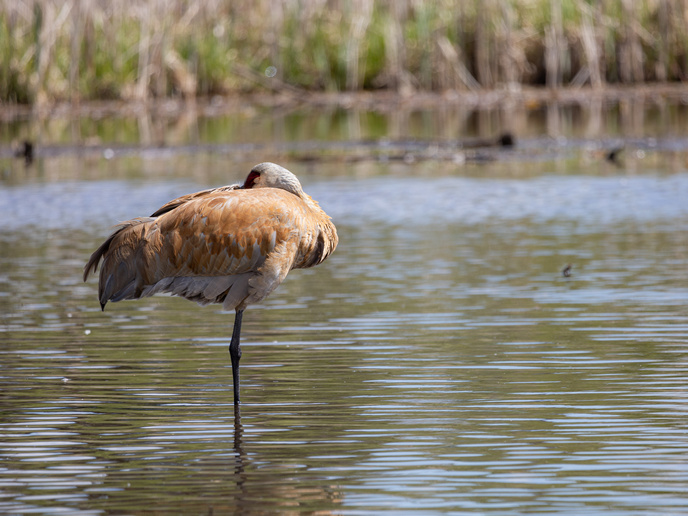Do migrating animals get jet-lagged?
Jet lag is a familiar experience to long-distance travellers: a combination of tiredness, lethargy – and often irritability – that arises from a body clock still set to the old time zone. It can lead to disrupted sleep, anxiety and digestive issues, and means the first couple of days of a holiday can be spent in adjustment. Birds, whales and butterflies can all travel thousands of kilometres during migration. Do they share our trouble? “Animals are very sensitive to day length, but are unlikely to get jet-lagged,” says Kyriacou, professor of Behavioural Genetics at the University of Leicester. Compared to the speeds reached by jet planes, their movement across time zones is very slow. This gives them plenty of time to adjust to changing ‘photoperiods’, explains Kyriacou, referring to the amount of daylight an organism receives over the course of a day. Animals also have evolution on their side. “They have evolved migratory strategies over thousands of generations, so likely adapt well to changing photoperiods,” Kyriacou notes. Animals are keenly aware of day length, however, and some appear to use it as a signal for when to migrate. “Birds clearly use photoperiod as a signal for ‘migratory restlessness’ at appropriate times of the year,” adds Kyriacou. The growing days in spring – and the advancing evenings in autumn – are a powerful signal that the time to move is approaching. Day length can also act as a measure of latitude. Midsummer in Oslo is about 22 hours long, whereas the same day in Rome sees just 16 hours of sunlight. To find a particular point on the globe, you can fly north or south until a specific length of day is experienced. There’s just one small problem. “To use photoperiod as a proxy for latitude, animals must know what time of the year it is,” explains Kyriacou. “This is not impossible, but there’s not a lot of data out there showing this.” In the EU-funded CINCHRON project, undertaken with the support of the Marie Skłodowska-Curie Actions programme, Kyriacou and his team studied hibernation in insects and its relationship to the circadian clock. The goal was to better understand how hibernation works, investigating its potential as a defence against disease-carrying species such as mosquitoes, which are spreading across Europe as a result of climate change. By delaying their hibernation, they could be induced to remain active in the winter, so that colder weather kills them off. In general, our understanding of animal migration is growing in parallel with an increasing realisation that many more animals undertake long-distance migrations than previously thought. Their skills seem to extend beyond the use of light as a signal, too. “Many animals, particularly birds or even insects, can use magnetic field information to help migration,” says Kyriacou. “Even celestial information can aid migration.” If only looking at the stars could help us with jet lag, too. Click here to find out more about Charalambos Kyriacou’s research: Investigating the internal clocks of European and invasive insects.
Keywords
CINCHRON, animal, migration, behaviour, signal, photoperiod, insects, latitude



